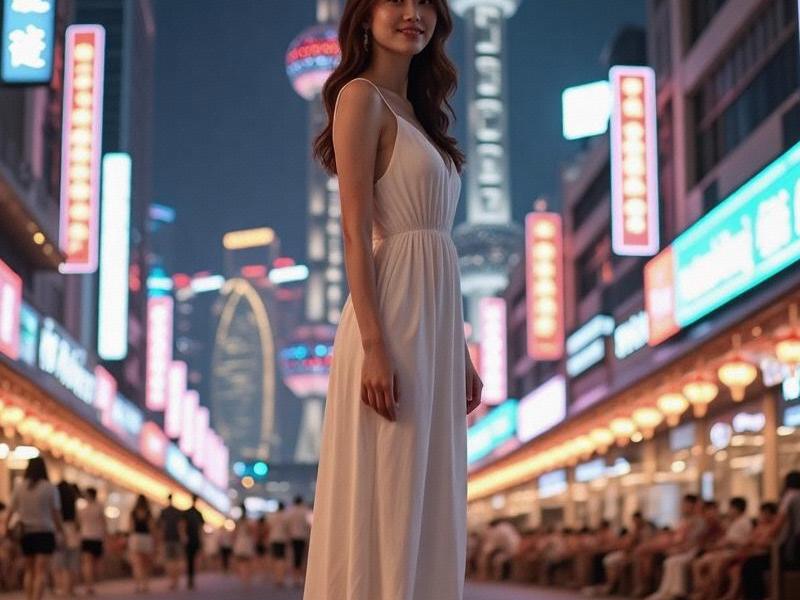An in-depth look at Shanghai's evolving entertainment club industry, from its jazz age roots to its current status as Asia's most sophisticated nightlife hub, balancing glamour with compliance.

The Shanghai Nightlife Paradox
Beneath the flashing neon signs of Shanghai's entertainment districts lies one of Asia's most complex and rapidly evolving nightlife ecosystems. This 2,600-word investigation reveals how the city's clubs, KTVs, and lounges have transformed from shadowy backrooms into legitimate cultural attractions.
Historical Foundations (1920s-1990s)
1. Golden Age (1920s-1940s):
- Jazz clubs along the Bund
- First cabaret venues in French Concession
- Birth of Shanghai's hybrid entertainment culture
2. Underground Era (1950s-1970s):
- Government restrictions on nightlife
- Secret dance parties in private homes
- Limited entertainment options
3. Reform Period (1980s-1990s):
- First legal nightclubs reappear
- Taiwanese-style KTV introduces new model
- Beginning of modern entertainment industry
The Modern Entertainment Landscape
上海龙凤阿拉后花园 Current venue categories:
- Ultra Lounges: Bottle service establishments (Bar Rouge, Mint)
- Dance Clubs: EDM-focused megaclubs (Taxx, Myst)
- KTV Palaces: Luxury karaoke complexes (Party World, Cashbox)
- Jazz Clubs: Revival of historic venues (Peace Hotel, JZ Club)
- Members-Only Clubs: High-end business entertainment
Industry by the Numbers (2025)
- ¥87 billion annual revenue from night economy
- 3,200 licensed entertainment venues
- 42% of venues now foreign-owned or joint ventures
- 68% increase in female clientele since 2020
- 19% of venues using blockchain payment systems
Cultural Fusion in Practice
Unique Shanghai entertainment characteristics:
- Western DJs spinning Chinese pop remixes
- Traditional tea ceremonies in VIP rooms
- Shanghainese jazz standards at upscale bars
- "Guochao" (national trend) themed parties
上海私人外卖工作室联系方式
Regulatory Challenges
Government policies shaping the industry:
- Strict 2AM closing time enforcement
- Facial recognition entry systems
- Alcohol serving limitations
- Periodic crackdowns on improper activities
- Green lighting requirements for exterior signs
Business Model Innovations
How venues adapt to new realities:
- Daytime restaurant conversions
- Corporate event diversification
- Membership-based revenue models
- Virtual reality entertainment additions
- Cultural tourism partnerships
Notable Case Studies
1. M1NT: Shark tank lounge pioneering member model
上海花千坊龙凤 2. Potent: Underground techno collective going legit
3. C's Bar: Lesbian-owned venue breaking barriers
4. Korner: Experimental music space fostering local talent
International Comparisons
How Shanghai differs from:
- Tokyo's more insular club scene
- Hong Kong's British-style pub culture
- Seoul's youth-dominated entertainment
- Bangkok's tourist-focused nightlife
Future Projections
Emerging trends:
- Sober entertainment concepts
- AI-powered personalized experiences
- Heritage venue preservation
- Sustainable nightlife initiatives
- Increased government oversight
Shanghai's entertainment industry continues to walk a tightrope between preserving its decadent legacy and adapting to China's evolving social norms - creating a nightlife experience found nowhere else on earth.